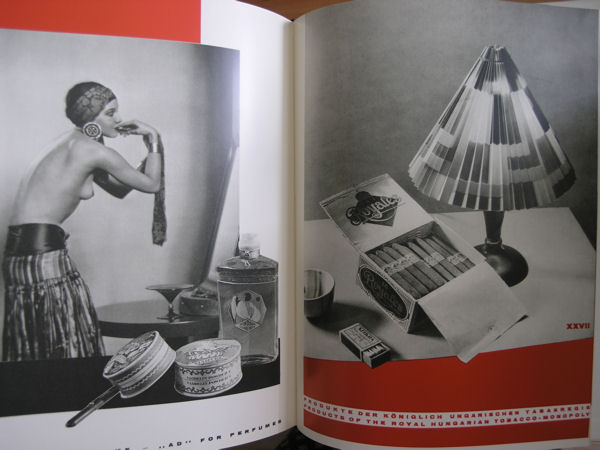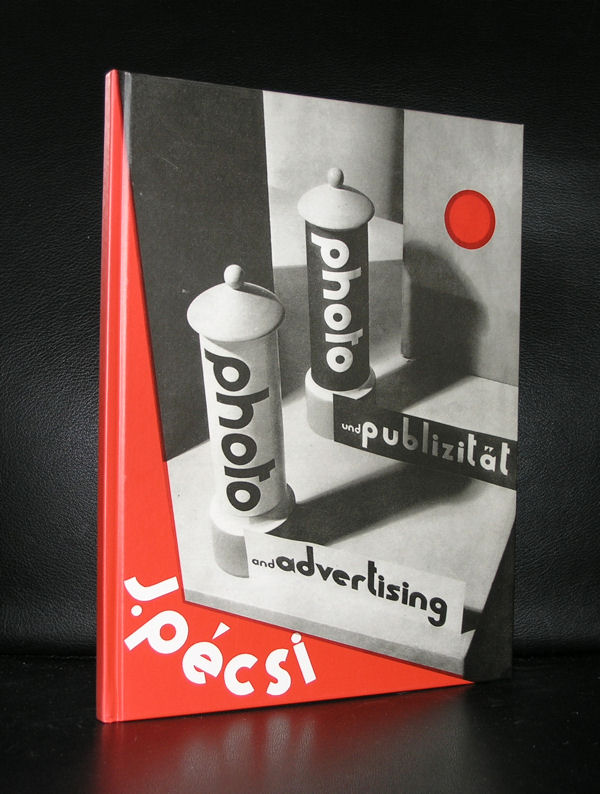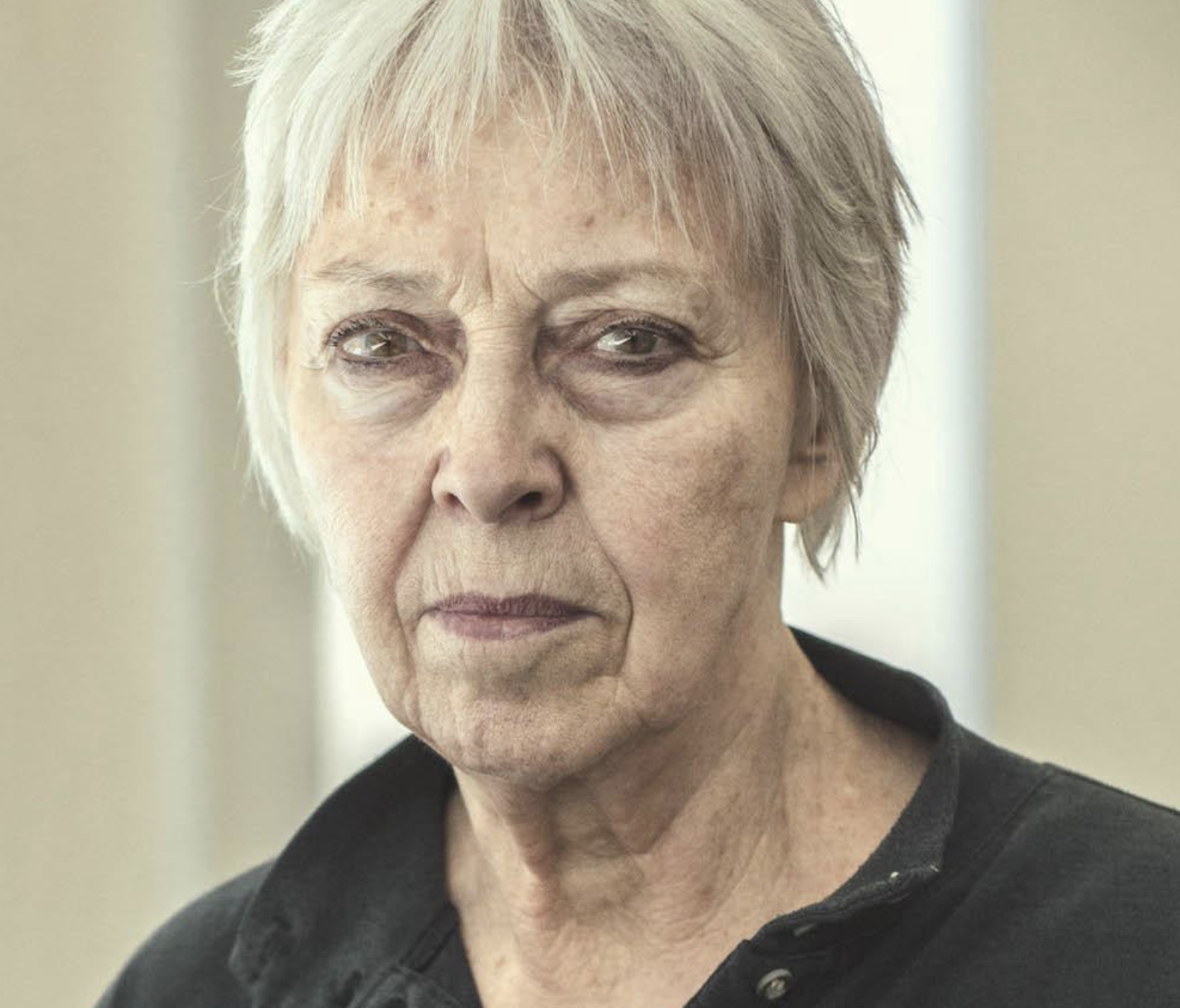
In 1924, in the vibrant city of Budapest, Hungary, a young and talented artist by the name of Molnár embarked on her artistic journey. At the mere age of eight, she began developing her skills, relentlessly laboring to perfect her craft. Her education led her down the path of Art History and Aesthetics at the esteemed Hungarian University of Fine Arts.
Continuing to hone her craft, Molnár had already built a substantial portfolio of traditional artwork by the time she delved into the world of generative and computer art. These innovative mediums would later become her claim to fame, earning her recognition and acclaim in the art world.
After receiving a scholarship to Rome, Molnár and her partner François moved to Paris in 1947. It was here that she would continue to thrive as an artist, eventually marrying her beloved partner. Settling into the Hungarian artistic community in Paris, the couple often frequented the bustling streets, spending evenings at the popular café, Le Select. This is where she encountered some of her greatest contemporaries, including the likes of Victor Vasarely, Fernand Léger, Kandinsky, and Brancusi.
www.ftn-books.com has several Molnar items now available.




































































